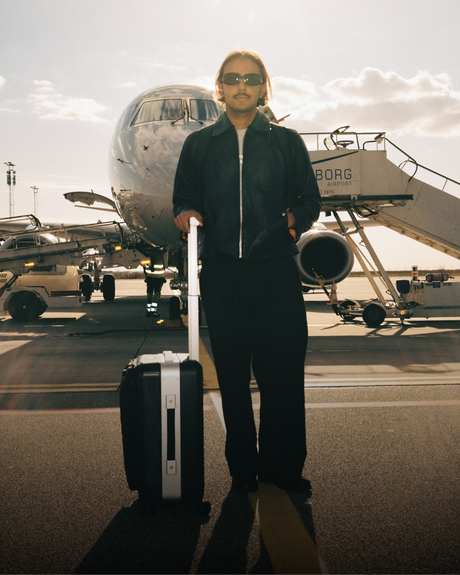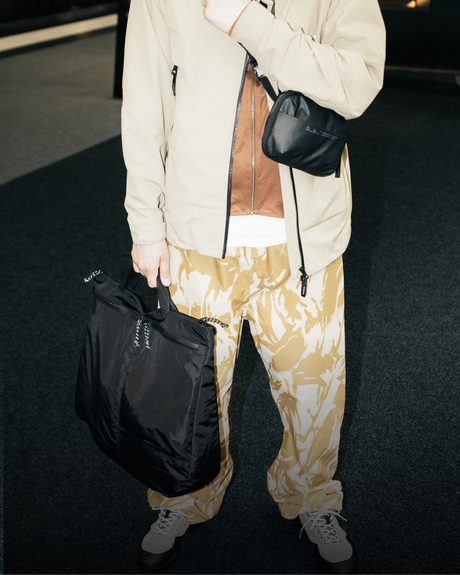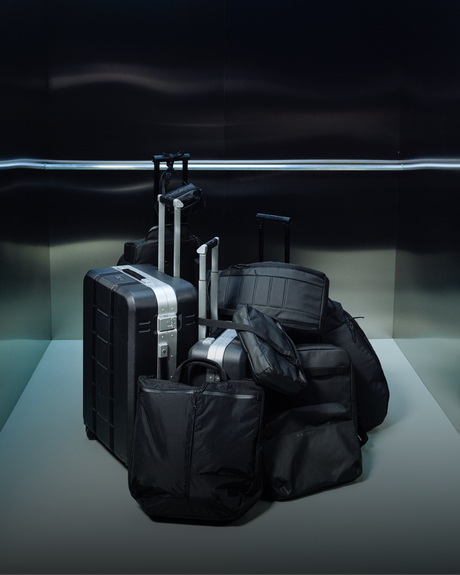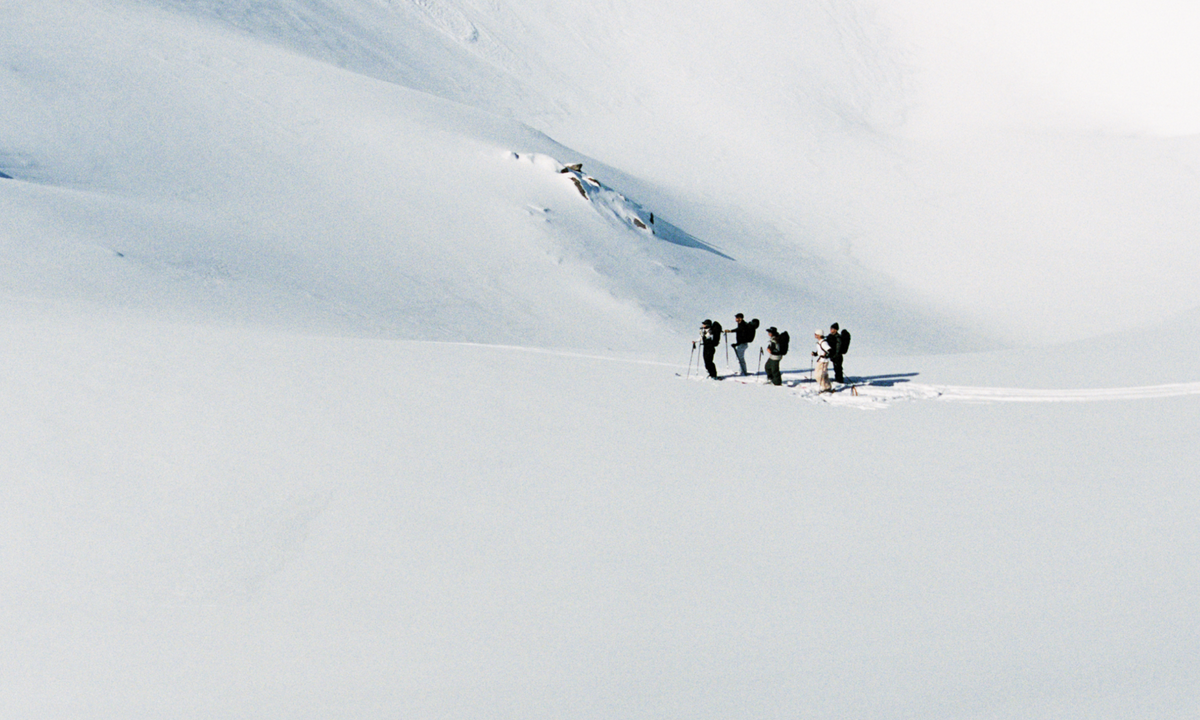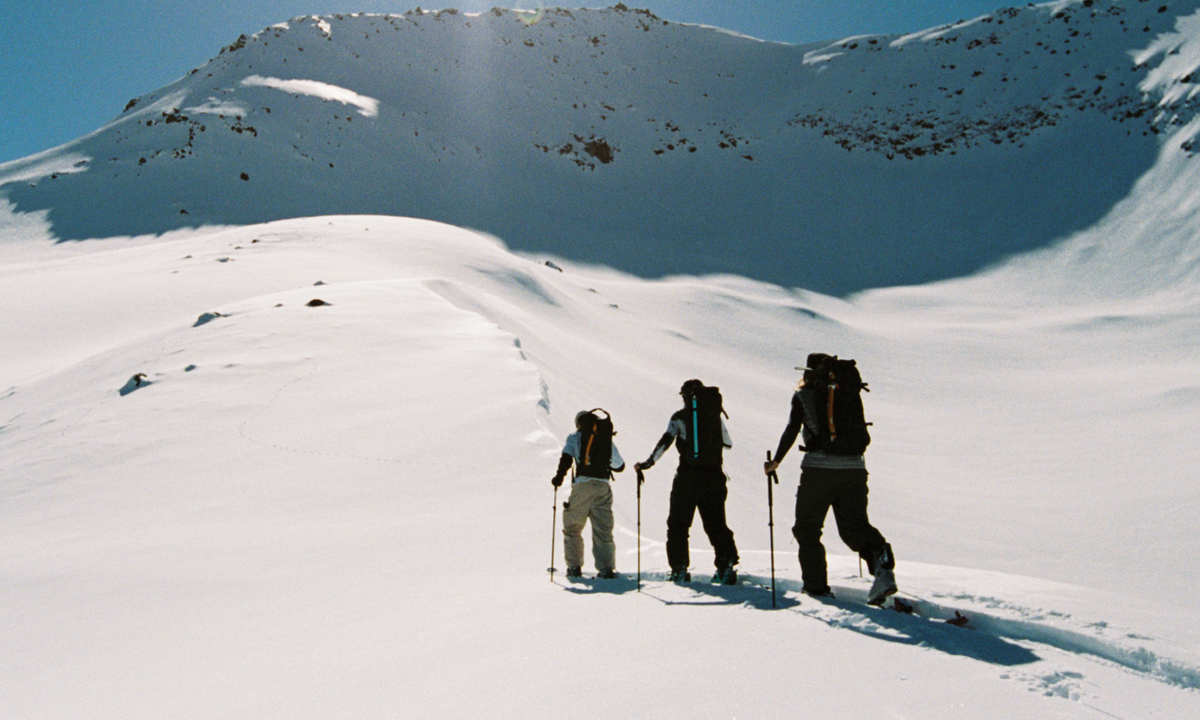How to pack a backpack doesn’t have to be complicated. With the right approach and a few practical tips, you can organize your gear efficiently, protect your belongings, and carry everything comfortably.
From choosing what goes where to protecting your clothes and electronics, this guide will show you how to pack a backpack for travel, hiking or other adventures.
How to Pack a Backpack for Travel
Every traveler and backpack is unique, so there’s no one-size-fits-all method. The key is following a few principles that suit your gear and style. For example, some hikers store their tents inside the pack, while others prefer external pockets. Knowing your own preferences helps you choose the right pack and packing method.
General Principles.
1. Pack light, less-used gear at the bottom
This usually includes items like:
- Sleeping bags or liners
- Sleeping pads
- Stove systems (if used only at camp)
Tip! The larger volume of the Db Journey Hugger Backpack 30L makes it easy to store bulkier gear at the bottom without losing space for other essentials.
2. Keep heavy items close to your back
This improves balance and reduces fatigue:
- Water bladder
- Bulk of your food supply
Did you know? The Backcountry Backpack has a reinforced core area specifically designed to hold heavy loads comfortably.
3. Place frequently used items on top
This makes them easy to grab on the trail or in transit:
- Clothing and rain gear
- First aid kit
- Snacks or maps
Many of the Db Journey backpacks, like the Hugger Backpack, feature top-access compartments for exactly this purpose.
Protecting Your Gear from Rain.
Keeping your gear dry is essential – especially electronics, sleeping bags, or a change of clothes.
Pack Liner
Lightweight internal bag that protects against heavy rain and partial submersion. Choose a liner larger than your pack so you can roll down the top for a waterproof seal. For example, a 90L liner works well for a 70L pack.
Pack Cover
Lightweight external cover that shields your pack from rain. Many hikers use both a pack liner and cover for extra protection.
Db Journey backpacks aren’t fully waterproof, but they’re water-resistant and ready for most adventures. The fabrics have a protective polyurethane coating to keep your gear safe in everyday rain. Heavy downpours might let a little water in through seams or zippers, but with a bit of extra protection, you’ll be ready for anything.
How to Pack Clothes in a Backpack.
Packing clothes efficiently saves space and keeps items accessible:
- Roll casual clothes to minimize wrinkles.
- Fold structured garments like jackets to maintain shape.
- Use packing cubes to stay organized. Tip: combine with the Db Journey Essential Packing Cube for maximum organization.
- Place frequently used clothing near the top.
- Store bulky items deeper in the pack and fill gaps with socks or underwear.
- Keep dirty laundry separate and waterproof delicate fabrics.
When packing bulkier items like jackets or sweaters, the Snow Pro Backpack’s flexible compartments allow you to fit these without compromising access to frequently used items.
How to Pack a Suit in a BackPack.
Traveling with a suit? Here’s a method to minimize wrinkles:
- Turn one shoulder inside out, then tuck the other shoulder into it.
- Fold the jacket gently to fit your backpack.
- Fold pants along the creases and wrap around the jacket.
- Place the suit in a garment or plastic bag, padding with soft clothes.
- Keep it near the top of your pack and hang/steam it upon arrival.
A Ramverk Pro Backpack is excellent for suits, thanks to its structured compartment that maintains the jacket’s shape while accommodating other travel essentials.
How to Pack Shoes
Shoes take up space but can be packed smartly. Here is how to pack shoes in a backpack:
- Clean soles before packing and use shoe bags or plastic bags.
- Place shoes along the sides or bottom for weight stability.
- Fill shoes with socks or small items to save space.
- Keep heavier shoes closer to your back.
- Separate dirty or wet shoes using waterproof bags or exterior pockets.
How to Pack a Hiking Backpack
Packing for the trail is about balance, comfort, and accessibility. A general structure works well:
1. Organize by Zones.
Bottom of the pack:
- Sleeping bag
- Sleeping pad
- Night clothes
Middle (close to your spine):
- Heaviest items like food, water, and cooking gear
- Tent body and poles
Top of the pack:
- Rain jacket or insulating layer
- First aid kit
- Toiletries and snacks
- Map or navigation gear
Exterior pockets and attachment points:
- Water bottles
- Sunscreen, bug spray, headlamp
- Trekking poles or tent fly
2. Compression and Weight Balance.
- Pack tightly to prevent shifting.
- Balance weight left to right for stability.
3. Protect Fragile or Moisture-Sensitive Gear
- Use dry bags or pack liners.
- Cushion electronics or fragile items with soft gear.
4. Accessibility
Keep emergency items like rain gear, snacks, and first aid within reach.
5. Adjust Fit After Packing
- Tighten compression straps.
- Adjust hip belt, shoulder straps, and load lifters for stability.
Tip! The Db Journey Backcountry Backpack 25L is an excellent choice for hiking. Its reinforced core supports heavier loads, while multiple compartments and exterior attachment points make organizing gear easier and keeping essentials accessible on the trail simple.
Gear Up. Move Confidently
Smart packing keeps gear protected and travel smooth. Db Journey backpacks offer supportive structure and practical compartments, helping you stay organized wherever you roam.
Pack efficiently, choose dependable gear, and focus on the adventure ahead.
